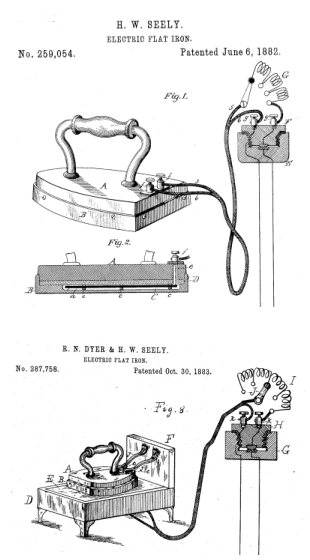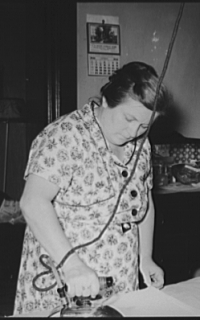erickench
Senior Member
- Location
- Brooklyn, NY
I'm looking at a few houses this week as a prospective buyer and I have a question about one of them concerning a room that may have been originally designed to be a laundry room. Right now the only way to confirm this is to check and see if there is a dedicated 20 amp circuit breaker feeding this room and whether or not it controls the ceiling light. This house was built in 1980. Question: Does anyone know if the 1980 NEC had a rule stating that a 20 amp dedicated laundry circuit was required? If it did, then the house would have a laundry circuit feeding some room that does not control the ceiling light. Thanks.





